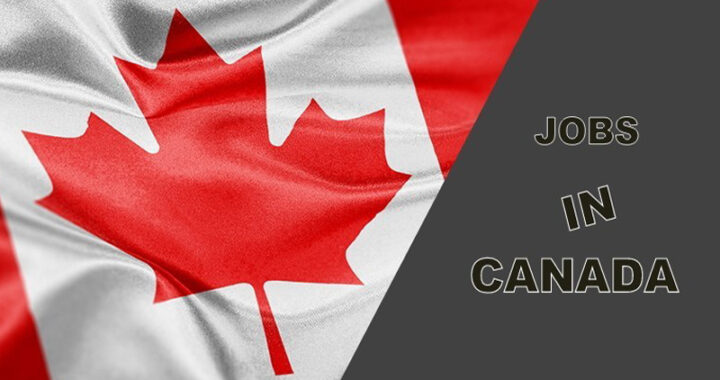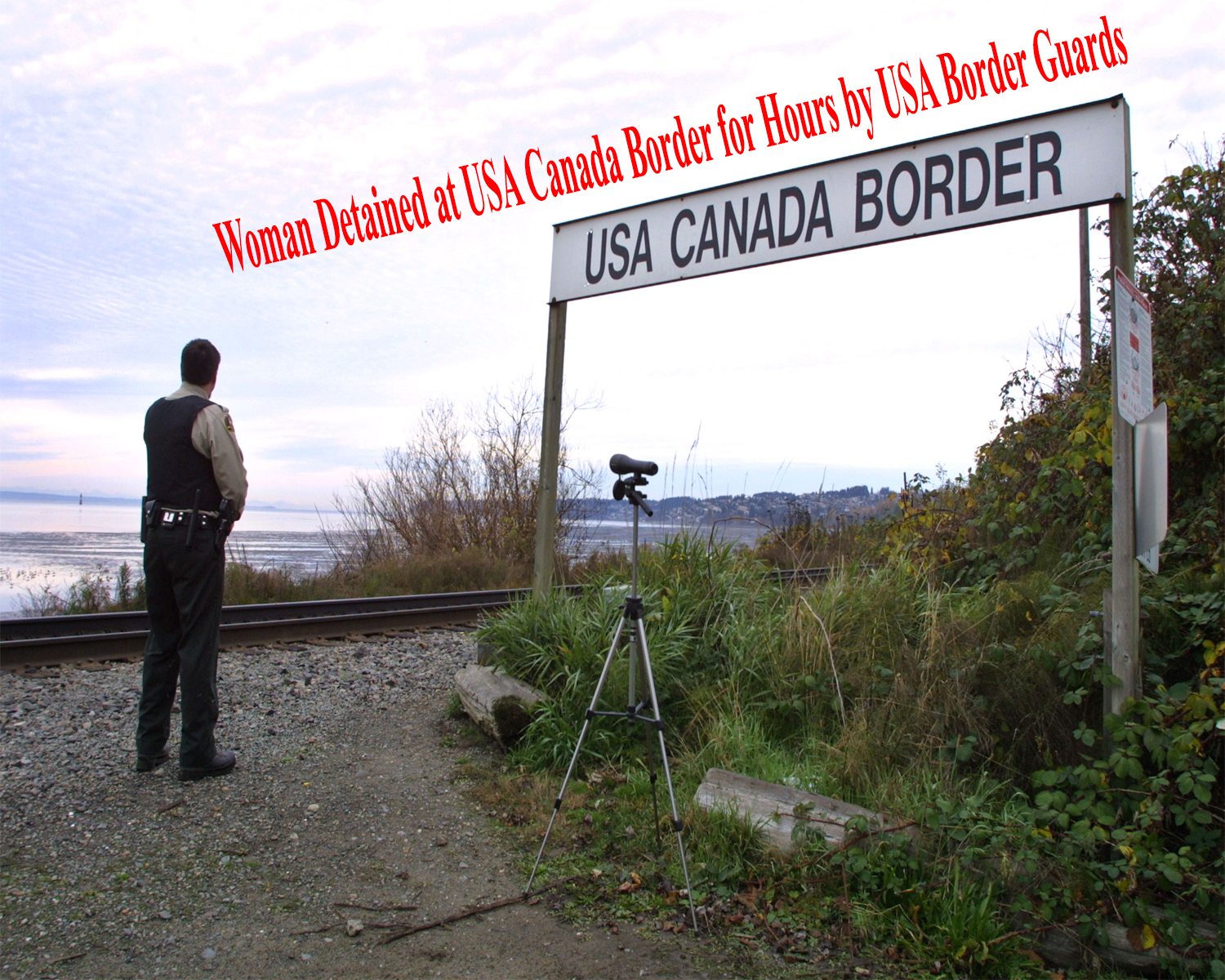Hard times for shopkeepers as immigrants preferring to go with other options
Shelina Virani folds a black sari in her colorful shop and recalls the times when streets were filled with pedestrians and there was literally no space available parking in the Vancouver’s Punjabi Market.
When Virani opened Roshan’s Saree Centre in 1980, business was booming, but today, the market has fallen on hard times. Virani, who is now considering closing the shop, said that she doesn’t see much of a future here. However, she isn’t alone, as at least 10 storefronts between 48th and 51st avenues are papered over and displaying For Rent Signs.
Business competition from the growing South Asian population of Surrey and difficult economic conditions are leaving shopkeeper with concerns regarding the market’s health.
The Punjabi Market began in the 1970s and 80s with businesses including Guru Bazaar, Frontier Cloth House and Roshan’s Sari Centre, setting up shops along the main street in the heart of the Punjabi community.
Kesar Bhatti, senior vice president of the Khalsa Diwan Society, said that the first South Asian immigrants settled in Kitsilano in order to work in sawmills along False Creek. When the mills shot down, people were attracted to the growing industry along the Fraser River and residential space available in South Vancouver.
But the market is not good at present. Albert Fok, a business leader in Chinatown and chairman of the Chinatown Revitalization Committee said that new settlers would choose to stay in Richmond, Surrey and Coquitlam. He said that once the place gained critical mass, people felt that- why do they need drive to downtown Vancouver every weekend to do their shopping for the week?
These changes, coupled with social problems and economic decline of Vancouver’s Downtown Eastside, compromised businesses in Chinatown, said Helen Ma, a policy planner with the city’s Chinatown Revitalization Program.
- Albert Smith’s blog
- Add new comment
- 26 reads

 Get To Know Everything About Canadian Experience Class immigration
Get To Know Everything About Canadian Experience Class immigration  How To Find Perfect Professional Contacts For Getting Jobs in Canada?
How To Find Perfect Professional Contacts For Getting Jobs in Canada?  You can’t miss this News, if Eyeing for Canadian Permanent Residency
You can’t miss this News, if Eyeing for Canadian Permanent Residency  A Canadian Woman was Detained by U.S. Border Guards for 5 hours!
A Canadian Woman was Detained by U.S. Border Guards for 5 hours!  Canadian Trucking Alliance Calls the Canadian Government to safeguard the immigrant Truck Drivers Rights
Canadian Trucking Alliance Calls the Canadian Government to safeguard the immigrant Truck Drivers Rights  What actions by Trump Government are in store for illegal immigrants in US? What are Challenges to deport illegal immigrants from US?
What actions by Trump Government are in store for illegal immigrants in US? What are Challenges to deport illegal immigrants from US?  Recent Changes to Canada’s Work Permit Rules and its impact on Immigrants from India
Recent Changes to Canada’s Work Permit Rules and its impact on Immigrants from India  Applications for UK Immigration witness major decline as the Immigration Laws undergo significant changes
Applications for UK Immigration witness major decline as the Immigration Laws undergo significant changes  What are changes in Canada Start up Visa Program and Self-Employed Persons Program. How would it affect the potential immigrants to Canada?
What are changes in Canada Start up Visa Program and Self-Employed Persons Program. How would it affect the potential immigrants to Canada?